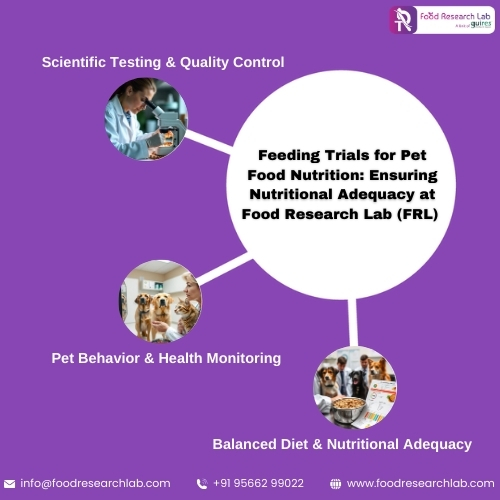Types of AAFCO Feeding Trials
- Adult Maintenance Trial
- Protocol: This trial includes eight animals fed solely on the test food for six months. Animals are examined by a veterinarian at the beginning and end of the trial, with ongoing monitoring for body weight and potential signs of nutrient imbalances.
- Laboratory Evaluations: Key health markers, such as red blood cell count, hemoglobin, packed cell volume, serum alkaline phosphatase, serum albumin, and whole blood taurine (for cats), are assessed to detect any nutritional deficiencies or excesses.
- Benefits: This trial can reveal nutrient deficiencies or other safety issues that may not be evident in formulations alone, although longer-term deficiencies might not be detected in this relatively short trial.






